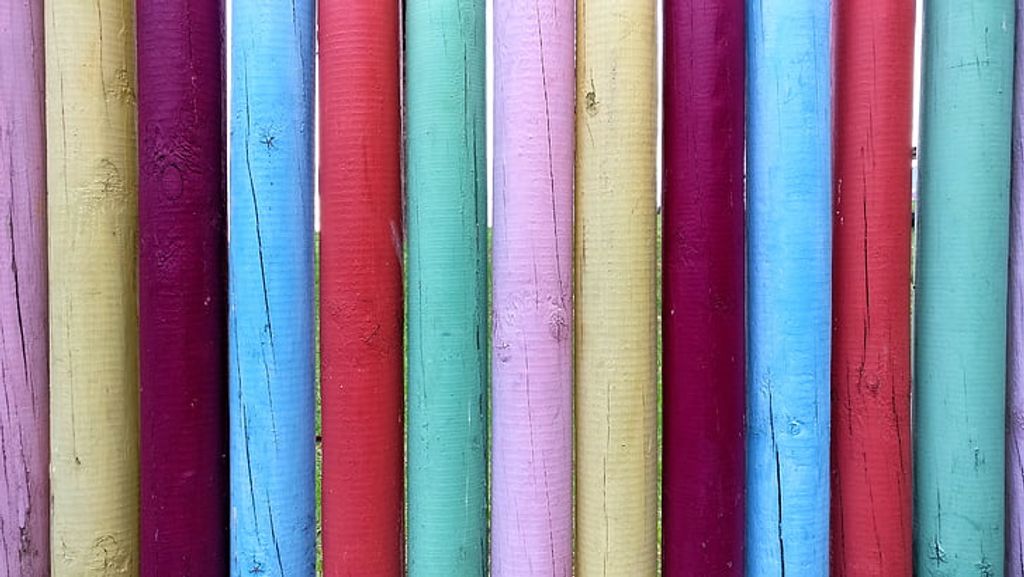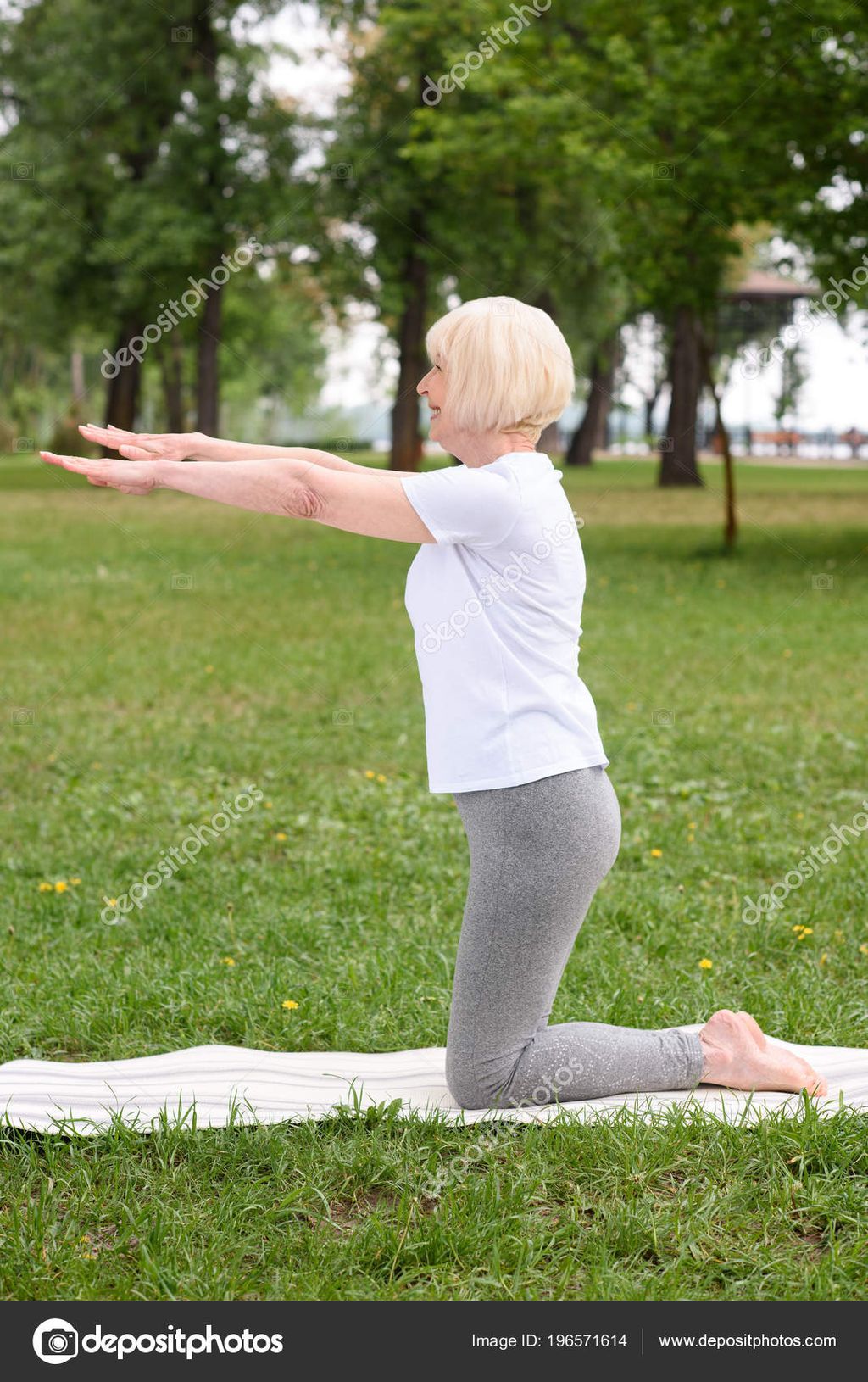
Conveniently Locating the Perfect Yoga Mat near You
Choosing the perfect yoga mat is essential for a comfortable and effective practice. With a variety of options available, it's important to consider your specific needs and preferences. From materials and durability to grip and traction, there are several factors to keep in mind when selecting the right yoga mat. This article will guide you through the process of finding, researching, comparing, testing, and ultimately choosing the perfect yoga mat for your practice.
Key Takeaways
- Understand the specific needs and preferences of your yoga practice.
- Research local yoga studios, gyms, sporting goods stores, and online retailers for yoga mat options.
- Compare yoga mat features such as material, durability, thickness, cushioning, grip, and traction.
- Test yoga mats by visiting local stores, attending yoga classes, and reading reviews and recommendations.
- Make the final decision by considering your budget, evaluating long-term use, and seeking expert advice.
Finding the Right Yoga Mat
Understanding Your Yoga Practice
Before you start searching for the perfect yoga mat, it's important to understand your yoga practice. Consider the type of yoga you practice, whether it's gentle and slow-paced or more vigorous and dynamic. This will help you determine the level of support and cushioning you need from your mat. Additionally, think about any specific needs or preferences you have, such as eco-friendly materials or extra grip. Understanding your yoga practice will guide you in finding a mat that enhances your overall experience.
Considering Your Needs and Preferences
When considering your needs and preferences for a yoga mat, it's important to take into account factors such as your body type, level of experience, and the type of yoga you practice. Comfort is a key aspect to consider, as you want a mat that provides enough cushioning and support for your joints and muscles. Additionally, the size of the mat should be suitable for your height and the space you have available. Some people may prefer a longer or wider mat for extra room to move. Lastly, design and color can also be factors to consider if aesthetics are important to you.
Exploring Different Types of Yoga Mats
When exploring different types of yoga mats, it's important to consider your specific needs and preferences. There are various factors to take into account, such as the material, thickness, and grip of the mat. Durability is a key aspect to consider, as you want a mat that will last through your regular yoga practice. Here are some key points to keep in mind:
- Material: Different materials offer different levels of grip, cushioning, and eco-friendliness. Some common materials include PVC, rubber, and cork.
- Thickness: The thickness of a yoga mat can affect its comfort and stability. Thicker mats provide more cushioning, while thinner mats offer a closer connection to the floor.
- Grip: A mat with good grip is essential to prevent slipping and ensure stability during poses.
Tip: Consider trying out different types of yoga mats before making a final decision. Some yoga studios may offer mat rentals or allow you to test out different mats during a class.
Researching Yoga Mat Stores
Local Yoga Studios and Gyms
When researching yoga mat stores, don't forget to consider local yoga studios and gyms. These establishments often have a selection of yoga mats available for purchase, making it convenient to find the perfect mat while attending classes. Additionally, yoga studios and gyms may offer recommendations on the best yoga mats for different types of practices. It's worth checking out these locations to see if they have the right mat for you.
Sporting Goods Stores
Sporting goods stores are a popular option for purchasing yoga mats. These stores offer a wide variety of yoga mats, catering to different needs and preferences. Whether you're looking for a mat with extra cushioning, a specific material, or a certain design, sporting goods stores are likely to have what you're looking for. Additionally, many sporting goods stores have knowledgeable staff who can provide guidance and recommendations based on your specific requirements.
If you prefer to try out the yoga mat before making a purchase, sporting goods stores often have display mats available for testing. This allows you to get a feel for the mat's thickness, grip, and overall comfort. Some stores may even offer a designated area where you can try out different yoga poses to assess the mat's performance.
When shopping at a sporting goods store, it's important to consider the price range and budget that you're comfortable with. While some mats may be more expensive, there are also affordable options available. It's recommended to compare prices and features across different brands and models to find the best value for your money.
In summary, sporting goods stores are a convenient option for purchasing yoga mats. They offer a wide selection, knowledgeable staff, and the opportunity to try out mats before buying. Consider your budget and preferences when exploring the options available at these stores.
Online Retailers
When it comes to purchasing a yoga mat, online retailers offer a wide range of options and convenience. You can browse through various brands, styles, and materials from the comfort of your own home. Whether you're looking for an eco-friendly mat, a travel-friendly option, or a mat with extra cushioning, online retailers have you covered. Additionally, online shopping allows you to compare prices, read customer reviews, and take advantage of special promotions. Before making a purchase, be sure to check the return policy and shipping options to ensure a smooth buying experience.
Comparing Yoga Mat Features
Material and Durability
When it comes to choosing a yoga mat, the material and durability are two important factors to consider. The material of the mat determines its texture, grip, and overall feel. Natural rubber mats are known for their excellent grip and traction, while PVC mats are durable and easy to clean. Other materials like cork and jute offer a more eco-friendly option. Durability is also crucial, especially if you plan to use the mat frequently or for intense yoga sessions. Look for mats that are made with high-quality materials and have a good thickness to ensure they can withstand regular use without wearing out quickly.
In terms of durability, it's important to note that different materials have varying levels of longevity. While PVC mats are known for their durability, they may not be the most environmentally friendly option. On the other hand, natural rubber mats may not last as long but are more sustainable. Consider your priorities and values when choosing a mat that meets your needs and aligns with your values.
When considering the durability of a yoga mat, it's also essential to take proper care of it. Regular cleaning and maintenance can help prolong the lifespan of your mat. Follow the manufacturer's instructions for cleaning and storage, and avoid exposing the mat to excessive heat or direct sunlight, as these can cause damage. By taking care of your mat, you can ensure it remains in good condition for a longer period of time.
Thickness and Cushioning
When it comes to yoga mats, the thickness and cushioning are important factors to consider. The right amount of thickness can provide support and comfort during your practice, while cushioning can help protect your joints. Finding a yoga mat with the perfect balance of thickness and cushioning is essential for a comfortable and safe practice.
To determine the ideal thickness and cushioning for your needs, consider the type of yoga you practice and your personal preferences. Some styles of yoga, such as restorative or Yin yoga, may require a thicker mat for extra support and padding. On the other hand, a thinner mat may be preferred for more dynamic and active styles like Vinyasa or Power yoga.
In addition to thickness, the material of the mat can also affect its cushioning properties. Certain materials, like natural rubber or memory foam, offer excellent cushioning and shock absorption. It's important to find a mat that provides enough cushioning to protect your joints without compromising stability and balance.
When choosing a yoga mat, take the time to test out different options and see how they feel under your hands, feet, and body. Pay attention to the level of comfort and support provided by the mat's thickness and cushioning. Remember, finding the right balance is key to a rewarding yoga practice.
Grip and Traction
When it comes to yoga mats, grip and traction are crucial factors to consider. A mat with good grip ensures that you can maintain stability and prevent slipping during your yoga practice. Traction, on the other hand, refers to the mat's ability to grip the floor or surface, providing a solid foundation for your poses.
To find a yoga mat with excellent grip and traction, you can consider the following factors:
- Material: Certain materials, such as natural rubber or polyurethane, tend to offer better grip than others.
- Texture: Mats with textured surfaces or patterns often provide enhanced traction.
- Thickness: A thicker mat can offer more cushioning and stability, which can contribute to better grip.
Remember, finding a mat that offers both grip and traction is essential for a safe and effective yoga practice.
Testing and Trying Out Yoga Mats
Visiting Local Stores
When visiting local stores to test and try out yoga mats, it's important to keep a few things in mind. First, make sure to check the store's selection and variety of yoga mats. Look for a wide range of options that cater to different needs and preferences. Second, take the time to physically touch and feel the mats. Pay attention to the material, thickness, and cushioning to ensure it meets your comfort requirements. Lastly, don't hesitate to ask the store staff for recommendations or advice. They may have valuable insights on the best yoga mats for your specific practice.
Attending Yoga Classes
Attending yoga classes is a great way to deepen your practice and learn from experienced instructors. In a class setting, you can receive personalized guidance and corrections to improve your alignment and technique. Additionally, being in a group setting can provide a sense of community and motivation. It's important to find a yoga studio or gym that offers classes suitable for your skill level and interests. Some studios may specialize in specific types of yoga, such as Vinyasa or Hatha, while others offer a variety of styles. Before attending a class, it's a good idea to check the schedule and read reviews to ensure it aligns with your preferences and goals.
Reading Reviews and Recommendations
When researching yoga mats, it's important to read reviews and recommendations from trusted sources. These insights can provide valuable information about the quality, durability, and performance of different yoga mats. One popular recommendation is the Manduka PROlite, which is considered the best yoga mat overall. It offers excellent support for joints and is lightweight. Other mats that receive positive reviews include those that are supportive to joints or more lightweight. By reading reviews and recommendations, you can make an informed decision and find the perfect yoga mat for your practice.
Making the Final Decision
Considering Budget and Price Range
When it comes to choosing the perfect yoga mat, considering your budget and price range is an important factor. Finding a yoga mat that fits within your budget allows you to invest in a high-quality mat without breaking the bank. Here are a few tips to help you make the right decision:
- Research different brands and models to compare prices and features.
- Consider the durability and longevity of the mat to ensure it will last for a long time.
- Seek recommendations from yoga instructors or experienced practitioners to find a mat that offers good value for money.
Remember, finding the right yoga mat doesn't have to be expensive. With careful consideration of your budget and price range, you can find a mat that meets your needs and provides the support and comfort you require for your yoga practice.
Evaluating Long-Term Use
When evaluating the long-term use of a yoga mat, it is important to consider factors such as durability and quality. A high-quality yoga mat that is built to last will provide you with years of comfortable and supportive practice. Additionally, considering the maintenance required for the mat is essential. Some mats may require special care or cleaning instructions to ensure their longevity.
To help you make an informed decision, here are some key points to consider:
- Material: Look for a yoga mat made from durable and sustainable materials such as natural rubber or PVC-free materials.
- Thickness: Choose a mat with adequate thickness to provide cushioning and support for your joints.
- Grip: A mat with good grip and traction will help prevent slipping and ensure stability during your practice.
Remember, investing in a high-quality yoga mat that suits your needs and practice style will enhance your yoga experience and provide long-term value.
Seeking Expert Advice
When making the final decision on which yoga mat to purchase, it can be helpful to seek expert advice. Professionals in the yoga industry, such as yoga instructors or experienced practitioners, can provide valuable insights and recommendations based on their knowledge and experience. They can offer guidance on factors to consider, such as the specific needs of your yoga practice, the different types of yoga mats available, and the features that may be most important to you. Additionally, they may be able to provide information on reputable brands or stores where you can find high-quality yoga mats. Seeking expert advice can help ensure that you make an informed decision and choose a yoga mat that meets your needs and enhances your yoga practice.
Conclusion
In conclusion, finding the perfect yoga mat near you can greatly enhance your yoga practice. Whether you prefer a thick cushioned mat for extra support or a lightweight mat for easy portability, there are numerous options available. By considering factors such as material, thickness, and grip, you can select a mat that suits your needs and preferences. Convenience is key, so be sure to explore local yoga studios, sports stores, and online retailers to find the perfect mat that will help you achieve your yoga goals.
Frequently Asked Questions
What is the best material for a yoga mat?
The best material for a yoga mat depends on personal preference and needs. Some popular materials include PVC, rubber, and TPE. PVC mats are durable and provide good grip, while rubber mats are eco-friendly and offer excellent cushioning. TPE mats are lightweight and easy to clean. It's important to choose a material that suits your practice and comfort level.
How thick should a yoga mat be?
The thickness of a yoga mat depends on the type of practice and personal preference. Standard yoga mats are usually around 1/8 inch (3mm) thick, which provides a good balance of cushioning and stability. However, if you have sensitive joints or prefer more cushioning, you may opt for a thicker mat, such as 1/4 inch (6mm) or even 1/2 inch (12mm). Thicker mats can provide extra support and comfort, but they may be less stable for standing poses.
How do I clean and maintain my yoga mat?
To clean your yoga mat, you can use a solution of mild detergent and water. Gently scrub the mat with a soft cloth or sponge, then rinse thoroughly and allow it to air dry. Avoid using harsh chemicals or abrasive materials that can damage the mat. It's also a good idea to wipe down your mat after each use with a clean cloth to remove sweat and dirt. Regular cleaning and proper storage can help prolong the lifespan of your yoga mat.
Can I use a yoga towel instead of a yoga mat?
A yoga towel can be used as a supplement to a yoga mat, especially if you prefer a more hygienic surface or need extra grip. Yoga towels are typically made of absorbent materials that provide traction and prevent slipping. However, they are not a substitute for a proper yoga mat, as they may not offer enough cushioning or stability for certain poses. It's recommended to use a yoga towel on top of a mat for added comfort and grip.
What size yoga mat should I get?
The standard size of a yoga mat is around 68 inches long and 24 inches wide. This size is suitable for most people and allows for comfortable movement during yoga practice. However, if you are taller or prefer more space, you can opt for a longer mat, such as 72 inches or 84 inches. It's also important to consider the thickness of the mat, as a thicker mat may take up more space. Choose a size that suits your height and practice.
How often should I replace my yoga mat?
The lifespan of a yoga mat depends on various factors, including frequency of use, type of practice, and care. On average, a good quality yoga mat can last anywhere from 1 to 5 years. Signs that indicate it's time to replace your mat include visible wear and tear, loss of grip, and an unpleasant odor that doesn't go away with cleaning. If your mat starts to deteriorate or no longer provides adequate support, it's a good idea to invest in a new one.


